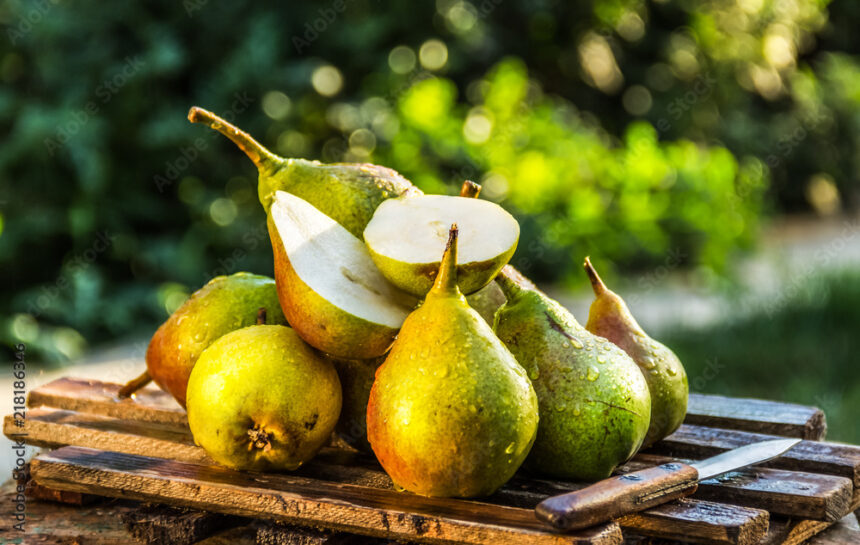Root rots can be a common problem in pear trees, and it’s important to recognize the symptoms early to take appropriate action. Here are some symptoms of root rots that you should look out for in pears:
- Wilting and Yellowing Leaves: One of the first signs of root rot is wilting and yellowing of the leaves. The affected leaves may appear limp and start turning yellow or even brown. This is because the damaged roots cannot supply enough water and nutrients to the foliage.
- Stunted Growth: Pear trees with root rot often exhibit poor growth or stunted development. The trees may not grow as vigorously as healthy ones, and their overall size may be smaller. This is due to the compromised root system’s inability to support proper nutrient uptake and overall plant vigor.
- Root Discoloration: Digging around the base of the tree and examining the roots can reveal signs of root rot. Affected roots may appear dark, mushy, or rotten. They may also have a foul odor. Healthy roots, on the other hand, should be firm, white, and pliable.
- Reduced Fruit Production: Root rot can negatively impact the fruit production of pear trees. Infected trees may have fewer or smaller fruits, and the quality of the fruits can be compromised. The lack of sufficient nutrient uptake and water availability affects the tree’s ability to produce and sustain healthy fruit.
- Root Crown Decay: Root rot can often lead to decay at the root crown, which is the area where the roots meet the base of the tree trunk. You may notice soft, decaying tissue or the presence of fungal growth in this region. The decay weakens the tree’s structural integrity and can eventually lead to tree collapse.
- Increased Susceptibility to Pests and Diseases: Root-rot-infected pear trees are more vulnerable to attacks by pests and diseases. The weakened condition of the tree makes it easier for pests like borers or pathogens to invade and cause further damage.
If you suspect root rot in your pear tree, it is advisable to consult a local arborist, horticulturist, or agricultural extension service. They can provide you with proper diagnosis and guidance on appropriate management strategies to mitigate the problem.
Join 'Farmers Mag' WhatsApp Channel
Get the latest Farming news and tips delivered straight to your WhatsApp
CLICK HERE TO JOIN






